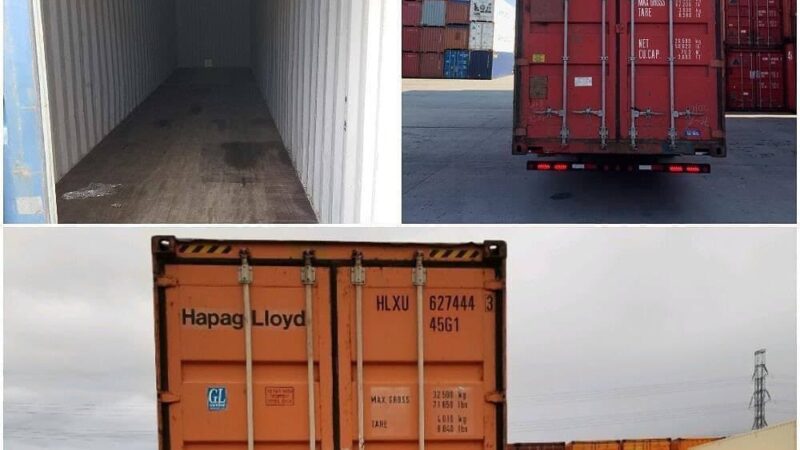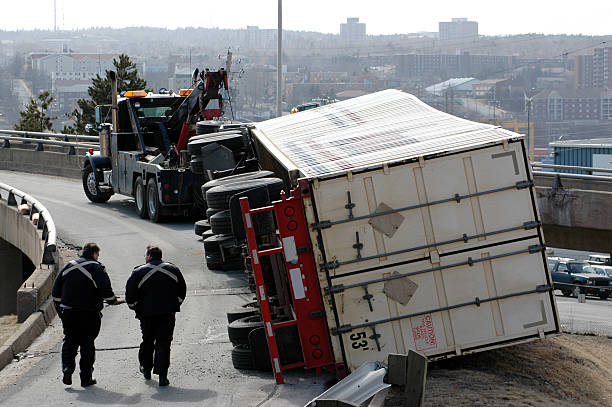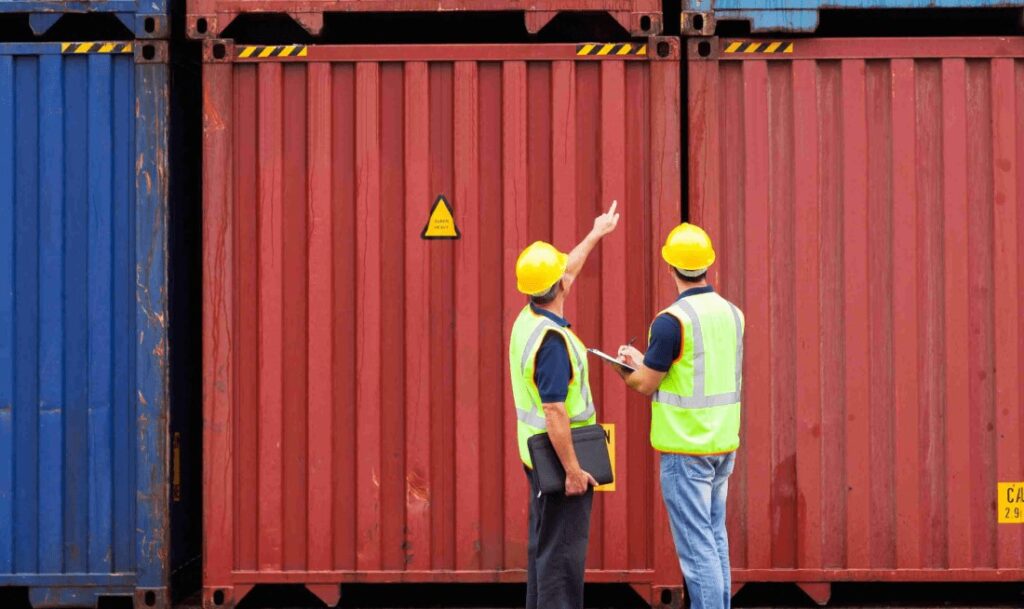CONTAINER INSURANCE

Shipping Container Insurance against Total loss and Mysterious Disappearance
Bad stowage. Bad weather. Improper supervision. Many things can happen to a container when it’s being shipped from one part of the world to another. To avoid that you end up with the bill for a destroyed container, you need shipping container insurance.

Container damage
The container has been a revolutionary invention of the 21st century. “Containerization” has been growing steadily in the last few decades. The many million containers worldwide are moved around with the help of vessels, trucks, and trailers. With all these movements, the container is prone to a lot of risks. And road transportation can be unpredictable. All of these different transportation modes can result in container damage.
Shippers can end up in a tough spot financially when containers are damaged. A container can be damaged in different ways: Doors are broken, it has gotten dents, been damaged by heat, the road accidents, and so on.
Who is responsible?
Sometimes it’s difficult to figure out when the container was damaged. And, therefore, make it hard to figure out who is responsible to compensate for the damage. Many shippers overlook container insurance as they want to save costs. Or because they don’t want to bother themselves with it. A freight forwarder without insurance might have to pay the entire value of the container and the cargo in case of a total loss. This is a huge financial disadvantage and inconvenience.
This is where container insurance comes in. Container insurance gives security to equipment owners and users by covering a wide variety of risks. Oftentimes, it can be easily confused with Cargo Insurance. While cargo insurance protects the cargo inside, container insurance protects the equipment.

Different types of container insurances
There are many brokers in the market offering insurance to container owners, lessors, and operators. Sometimes, insurance brokers offer containers – together with cargo insurance.
The type of container insurance varies from insurance broker to insurance broker. So does the type of damages you want to prevent.
In general, most insurances cover the following aspects:
- Physical Loss and Total loss
- Recovery and Maintenance costs – Full Equipment Cover (FEC)
- Damage Repair and Lost units
- Third-Party Liability (ex. Chassis)
- Coverage on Residual Value on Equipment
Container Insurance might not cover certain conditions (and this can vary):
- Mysterious disappearances
- Insolvency
- Mechanical/electrical breakdown
- Errors in design/manufacture
- Depreciation, inconsistent maintenance routine
The containers are inspected when they are returned to the owner. If they find damages on the container, the owner makes a cost estimate for fixing the damages. This estimate is then sent to the container user. The user arranges another inspection to recheck the charges. After that, the user and the owner negotiate the cost estimate, if they’re disagreeing. The charges are then settled using the insurance brokers. When the insurance is not a part of the deal, the user faces the inconvenience of paying from their own pocket.

What we offer at HIG
Hand In Gloves Delivery Service with the help of First Mutual Insurance LLC offers container insurance to customers. The container suppliers can include insurance as part of container usage on every transaction they make or on a case-by-case basis. Regardless, the user of the container always pays for the insurance.
At Hand In Gloves, customers benefit from 2 types of container insurance.
Basic and Premium Insurance

The Basic Insurance covers the equipment from a total loss. Such as lost at sea, road accidents, mysterious disappearances, or damaged extensively that can’t be fixed. The insurance is valid for one-way moves up to 60 days from the day of pick-up. The insurance renews automatically after the 60 days unless you report that the box has been returned empty.
The Premium Insurance covers all kinds of physical damage a container can go through. That includes a total loss. That’s why the premium insurance has a slightly higher price point. Physical damage can happen because the vessel sways, the crane lifters mishandle the container, heat damaging the container, a train that derails, a hit and run and so on. The premium insurance covers any costs that go above the DPP. The insurance is valid for one-way moves up to 60 days from the day of pick-up. The insurance renews on a day-to-day basis unless you report, that the containers have been returned empty.
Apart from the insurances, there is also the Damage Protection Plan (DPP). The DPP helps to compensate for the regular maintenance and repair after the container is used. The container supplier pays for the DPP. The insurance covers any costs that are higher than the DPP. DPP is useful when you don’t want to make damage assessments every time you lease out a container. It takes care of all the repair costs if it falls under the negotiated DPP amount. The Basic Insurance for a 20DC costs $2.5. The Premium Insurance costs $12. The price varies according to the size and type of container.
